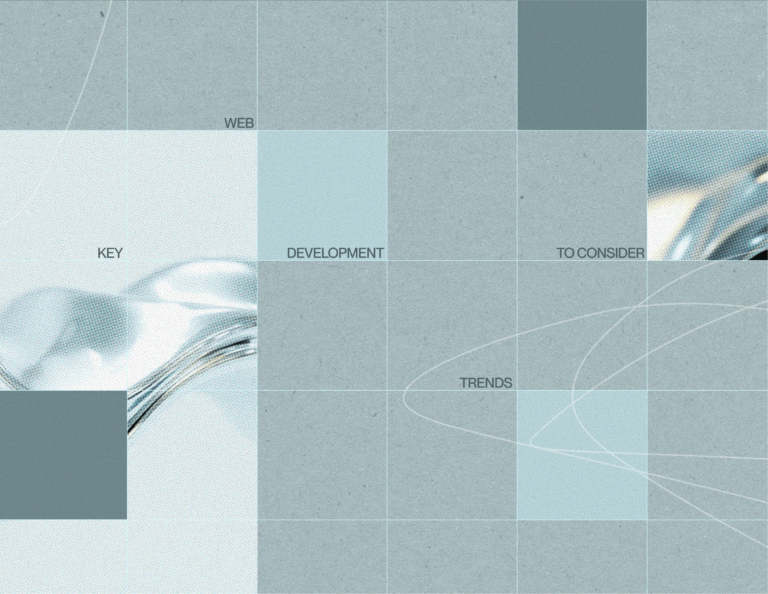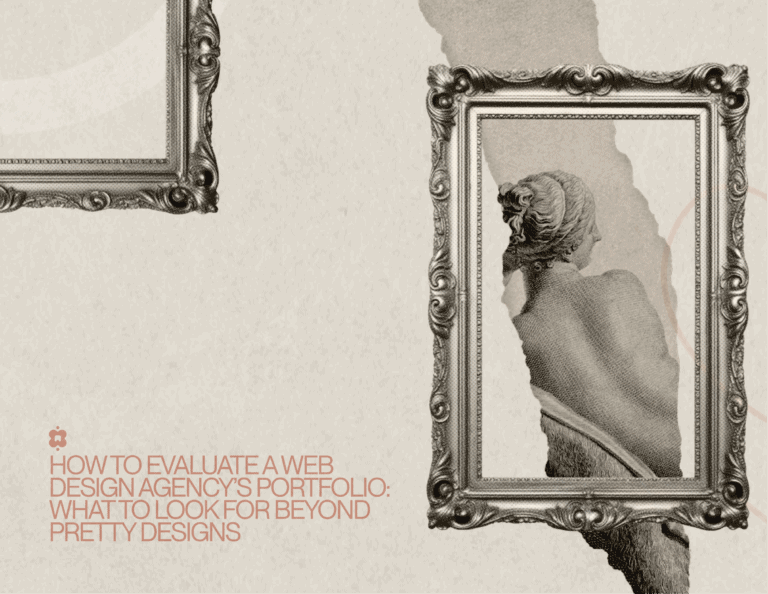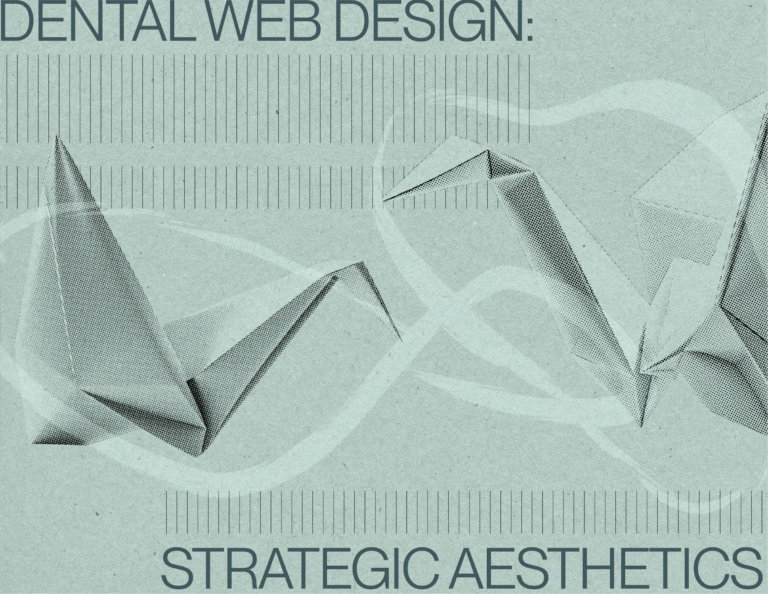Outline:
Have you ever wondered what it would be like if every product you used felt like it was made just for you? Designers bring this vision to life through human-centered design principles that form a custom strategy centered on your needs and preferences.
Take Airbnb’s success story, for example. By embracing HCD, they transformed their service to better meet user expectations, which played a key role in boosting their company to a billion-dollar valuation. It’s a perfect illustration of how focusing on user experience can lead to remarkable outcomes.
In this guide, we’ll unpack the principles, methods, and best practices of HCD, sharing our insights and experiences to help you understand the true value of designing with the user in mind.
Exploring the Essence of Human-Centered Design
What makes human-centered design thinking so special? It’s all about creating solutions that genuinely fit the needs and lifestyles of the people using them. This approach doesn’t start with technology or potential profit; it starts with real people and ends with solutions that improve their everyday lives.
The journey of HCD began as designers increasingly recognized the need to prioritize user experience. This realization has gradually reshaped how professionals approach everything from product development to digital interfaces. Today, whether it’s a new app or a physical product, the core question remains the same: How will this improve the user’s life?
The beauty of HCD lies in its simplicity and its power. By asking questions, observing daily challenges, and engaging directly with users, designers can uncover innovative solutions that are not only effective but also intuitive and delightful to use. It’s a way of designing that makes products feel like they were made just for you.
What is Human-Centered Design
In a nutshell, human-centered design is a framework that innovates by focusing intensively on user needs, behaviors, and experiences at every stage of the design and development process. This approach integrates deep empathy for people with robust technology and feasible business strategy to create solutions that improve human experiences.
Defining Human-Centered Design Thinking
HCD is defined by its commitment to understanding users’ lives in depth. This involves more than just asking users what they want; it requires detailed observation and interaction to uncover their explicit needs and implicit desires. The insights gained are then translated into designs that are both useful and usable—enhancing satisfaction and engagement.
The Distinctive Approach
What distinguishes HCD from traditional design services and approaches is its prioritization of the human experience in the creation of products and services. While other methodologies might prioritize business goals or technological innovations first, human centered design methodology starts with the people who will use the product and works backward to integrate technology and business objectives in ways that serve those users.
Core Principles of Human-Centered Design
As we delve deeper into what makes human-centered design so effective, let’s talk about the core principles that make it all work. Think of these as the secret sauce that keeps everything user-focused, ensuring that every step in the design process truly resonates with those it’s meant to serve. Here’s how these principles shape the way designers approach their projects:
Empathy is Everything
The first and foremost principle of HCD is empathy. This means designers must deeply understand the experiences, values, and needs of their target users. It’s not just about solving problems but about feeling what the users feel and seeing things from their perspective. Techniques like user interviews, shadowing, and persona development are essential tools for gaining this insight.
Iterate, Iterate, Iterate
HCD is inherently iterative. This process involves creating prototypes, testing them in real-world scenarios, gathering feedback, and refining the solution. Each cycle brings designers closer to a product that truly meets user needs and expectations, reducing the risk of usability issues in the final product.
Co-Creation with Stakeholders
Another vital principle is the inclusion of all stakeholders in the design process. This not only includes users but also business managers, developers, and anyone else who has a stake in the project. Collaborative design sessions ensure that the solution is feasible from both a technical and business perspective, while also fulfilling user needs.
Accessibility and Inclusivity
Ensuring that products are accessible to and usable by people with a wide range of abilities and backgrounds is crucial in HCD. This commitment to inclusivity helps prevent alienating any part of the user base, thereby broadening the impact and success of the design.
Solve the Right Problem
Identifying and solving the correct problem is essential in HCD. Through comprehensive research and continuous engagement with users, designers ensure that they are not just creating a well-designed product but one that addresses a true need.
These principles form the backbone of human-centered design, guiding designers to create solutions that are not only innovative and functional but also deeply resonant with the end-users.
Human-Centered Design Methods
Human-centered design is not just about understanding principles; it’s also about how these principles are applied. Different methods and techniques are used to ensure that the final product truly reflects the needs and expectations of users. Here are some of the key methodologies employed in HCD:
Ethnographic Research
This human centered design methodology involves observing users in their natural environment. It’s about going beyond interviews and surveys, watching how people interact with products and services in real life. This can reveal unspoken needs and behaviors that might not surface in a typical research setting.
Persona Creation
Creating detailed personas is a fundamental step in HCD. These personas are fictional characters built upon real data collected from user research. They represent different user types and help designers visualize the needs, goals, and expected behavior of their target audiences.
Usability Testing
Testing prototypes with real users is crucial. Usability testing allows designers to observe where users encounter problems and experience confusion with the product interfaces. This feedback is invaluable for iterating on design solutions.
Journey Mapping
This involves creating a visual representation of a user’s interaction with a product or service over time and across different channels. Journey maps help identify pain points and high points in the user experience, providing insights into how the product can be improved.
Co-Design Workshops
These workshops involve users directly in the design process. By working together with users, designers can ensure that the solutions developed are not only innovative but also aligned directly with user needs and expectations.
Prototyping
Rapid prototyping allows designers to quickly create versions of a product that can be tested and iterated upon. This helps in refining concepts based on real user feedback before finalizing the design.
These methods are essential tools in the human-centered design toolbox. They ensure that the products and services developed are not just based on assumptions but are informed by detailed insights into user behavior and preferences.
Navigating Through the Stages of Human-Centered Design Process
Human-centered design is a dynamic and iterative process that adapts as designers deepen their understanding of the users. It’s structured around a series of stages that help designers systematically uncover and address the real needs of the users. Each stage builds on the insights gained from the previous ones, ensuring a solution that truly resonates with the target audience. Here’s how this process unfolds:
#Stage 1: Empathize
The first stage is all about empathy. This involves conducting in-depth research to understand the users, their environment, challenges, and aspirations. Methods like ethnographic research and direct user interviews are crucial here, as they help gather real insights that form the foundation of the project.
#Stage 2: Define
In this stage, designers synthesize the information collected during the Empathy stage to define the core problems users are experiencing. It’s about identifying the users’ needs clearly and creating a user point of view that will drive the design decisions.
#Stage 3: Ideate
Once the problem is clearly defined, the team moves on to brainstorming a range of creative solutions. This stage encourages human centered design thinking outside the box and generating a broad set of ideas, which can be refined and narrowed down later in the process.
#Stage 4: Prototype
This is the experimental phase, where solutions are translated into tangible products. These prototypes don’t have to be perfect; they are meant to be a manifestation of ideas that can be tested and iterated upon. Rapid prototyping is common, allowing designers to fail fast and learn quickly.
#Stage 5: Test
Testing the prototypes with actual users is crucial. This stage provides feedback which is vital for further iterations of the design. Testing can reveal whether the earlier stages of empathizing and defining were accurate and if the solution meets the needs identified.
#Stage 6: Implement
The final stage involves the high-fidelity design and implementation of the solution that has been refined through previous stages. This includes the final adjustments based on testing and preparing the design for production and launch.
#Stage 7: Learn and Iterate
Even after the launch, the HCD process doesn’t end. Continuous learning from user interactions and feedback leads to further iterations, ensuring the product evolves in response to changing user needs or new insights.
Best Practices in Human-Centered Design
Human-centered design is not just about following a set process; it also involves adopting best practices that enhance the effectiveness of the approach. Here are some key best practices that ensure successful implementation of HCD:
01 Foster a Culture of Empathy
Creating a culture where empathy is valued and encouraged is essential for successful HCD. This involves not only empathizing with users but also with team members and stakeholders. By understanding and respecting diverse perspectives, teams can develop solutions that truly resonate with users.
02 Prioritize User Feedback
Continuous feedback loops with users are essential for refining design solutions. Actively seek out and incorporate user feedback throughout the design process, from initial concept development to final implementation. User input ensures that your solutions remain relevant and resonate with your target audience.
03 Embrace Iteration
Iteration is key to HCD success. Embrace a mindset of continuous improvement and be willing to iterate on your designs based on user feedback and evolving requirements. Each iteration brings you closer to a solution that meets user needs and exceeds expectations.
04 Collaborate Across Disciplines
Effective HCD requires collaboration across disciplines. Bring together diverse perspectives and skill sets, including design, engineering, marketing, and business, to develop comprehensive solutions that address both user needs and business objectives. Collaboration fosters innovation and ensures that all aspects of the design process are considered.
05 Test Early and Often
Usability testing should be a regular part of your design process. Test prototypes with real users early and often to identify usability issues and validate design decisions. Early testing allows you to course-correct before investing significant time and resources, ultimately leading to more successful outcomes.
06 Stay Agile
Agile human centered design methodology can enhance the flexibility and responsiveness of HCD projects. Embrace agile frameworks like Scrum or Kanban to adapt to changing requirements and prioritize tasks based on user feedback. Agile practices enable you to deliver value to users more efficiently and effectively.
By embracing these best practices, you can elevate your human-centered design process and create solutions that truly make a difference in the lives of your users.
Examples of Human-Centered Design
While understanding the principles and best practices of human-centered design is crucial, seeing these concepts in action can provide valuable insight into their effectiveness. Here are some real-world examples of human-centered design that have made a significant impact:
Apple’s iPhone
Apple’s iPhone revolutionized the smartphone industry not just because of its sleek design and powerful features, but because it was designed with the user in mind. From its intuitive interface to its ergonomic shape, every aspect of the iPhone was carefully crafted to enhance the user experience.
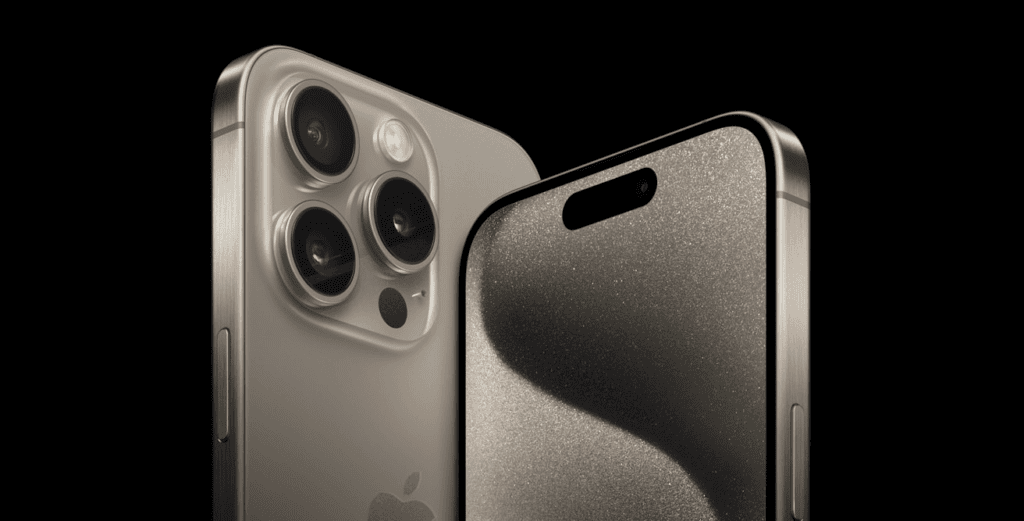
Google’s Search Engine
Google’s search engine is another example of human-centered design in action. By prioritizing relevant search results and continuously refining its algorithms based on user behavior, Google has created a search experience that millions of users rely on every day.

Amazon
Amazon’s website is another standout example of human-centered design. Its personalized product recommendations, user-friendly navigation, and seamless checkout process create a shopping experience that feels tailored to each individual user. By leveraging data to understand user preferences and behavior, Amazon delivers a highly customized experience that keeps users coming back.
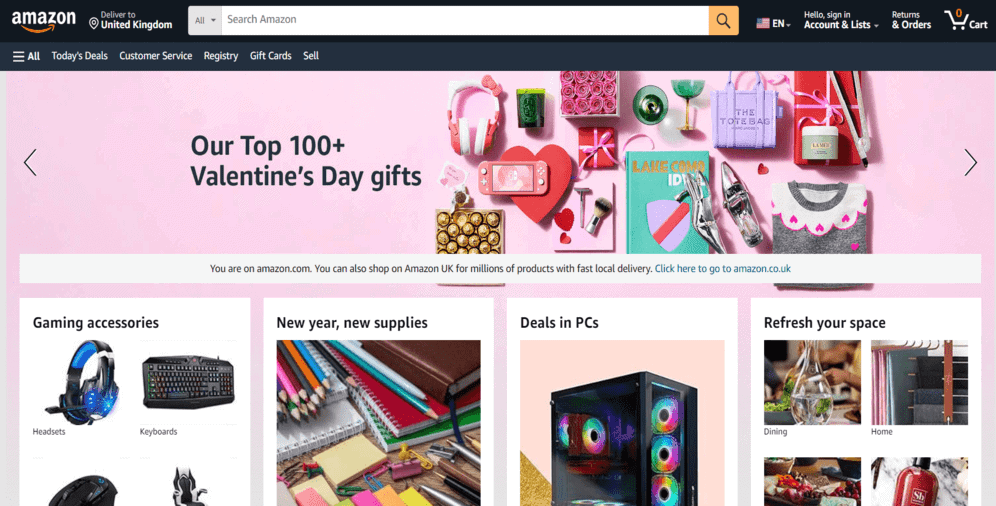
Spotify
Spotify’s music streaming platform is designed with the user in mind at every step. Its intuitive interface, curated playlists, and personalized recommendations make it easy for users to discover new music and enjoy their favorite tracks. By understanding each user’s unique tastes and preferences, Spotify creates a personalized listening experience that feels tailored to each individual user.
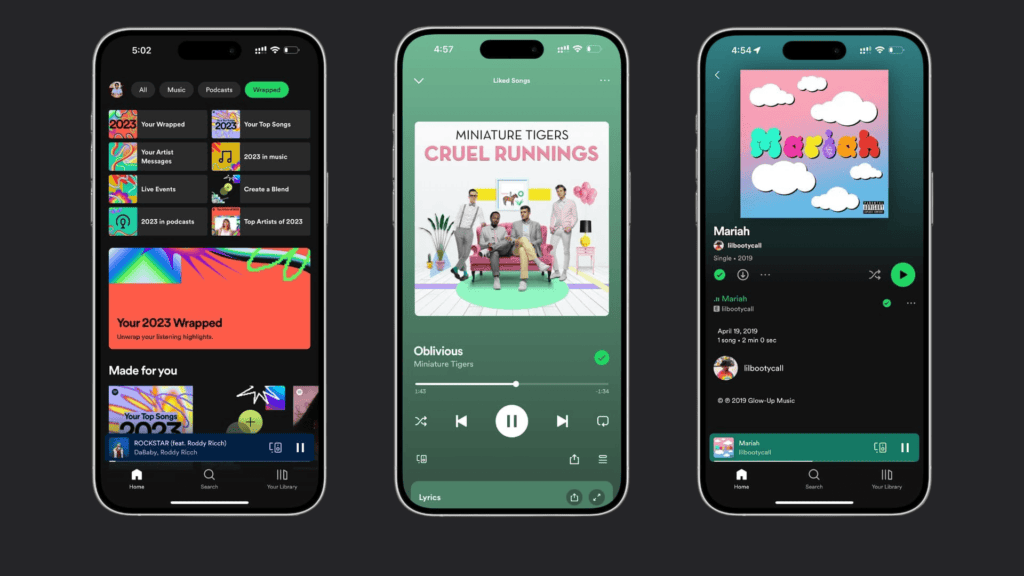
Slack
Slack’s collaboration platform is designed to streamline communication and increase productivity in the workplace. Its organized channels, searchable message history, and integrations with other tools make it easy for teams to collaborate effectively. By focusing on improving communication and reducing friction, Slack enhances the way teams work together.

The Impact of Human-Centered Design: Driving User Experience and Business Success
Despite the challenges of implementing human-centered design, it remains a powerful problem-solving approach. By proactively addressing obstacles and embracing HCD principles, organizations can create solutions that genuinely meet user needs and drive business success.
- Elevating User Experience to New Heights
Human-centered design doesn’t just aim for usability—it strives to create experiences that users love. By deeply understanding user needs, preferences, and pain points, organizations can design products and services that delight users and foster long-lasting relationships.
- Cultivating Customer Loyalty and Advocacy
Exceptional user experiences lead to increased customer loyalty and advocacy. When users feel understood and valued, they’re more likely to become loyal customers and recommend the product or service to others, driving organic growth and brand awareness.
- Redefining Innovation and Differentiation
HCD fuels innovation by challenging assumptions and uncovering new opportunities. By empathizing with users and observing their behaviors, organizations can identify unmet needs and develop innovative solutions that set them apart from competitors.
- Maximizing Efficiency and Cost Savings
Designing with users in mind from the outset reduces the need for costly redesigns and iterations later in the development process. By incorporating user feedback early and often, organizations can minimize wasted resources and maximize efficiency, ultimately saving time and money.
- Empowering Business Growth and Sustainability
The impact of HCD extends beyond user experience to business success. By delivering products and services that meet user needs and drive customer satisfaction, organizations can increase revenue, expand their customer base, and achieve sustainable growth over time.
- Creating Meaningful Impact in Society
At its core, HCD is about improving people’s lives. By designing solutions that address real-world problems and meet the needs of diverse populations, organizations can create meaningful impact and contribute to positive social change.
In conclusion, human-centered design is not just a design philosophy—it’s a strategic approach that drives user experience and business success. By prioritizing user needs, fostering innovation, and delivering exceptional experiences, organizations can create solutions that make a difference in the world.
On a Final Note
Ultimately, in a world where technology continues to evolve at a rapid pace, and user expectations are higher than ever, the importance of human-centered design cannot be overstated.
As we’ve explored throughout this article, human-centered design is more than just a methodology—it’s a mindset. It’s about empathy, creativity, and collaboration. It’s about challenging assumptions and embracing complexity. It’s about listening to your users, empathizing with their needs, and iterating until you’ve created something truly remarkable. By embracing human-centered design, you’re not just designing for today—you’re designing for a better tomorrow.
If you have any questions about human-centered design, contact us. We are happy to provide guidance and support along your journey.



